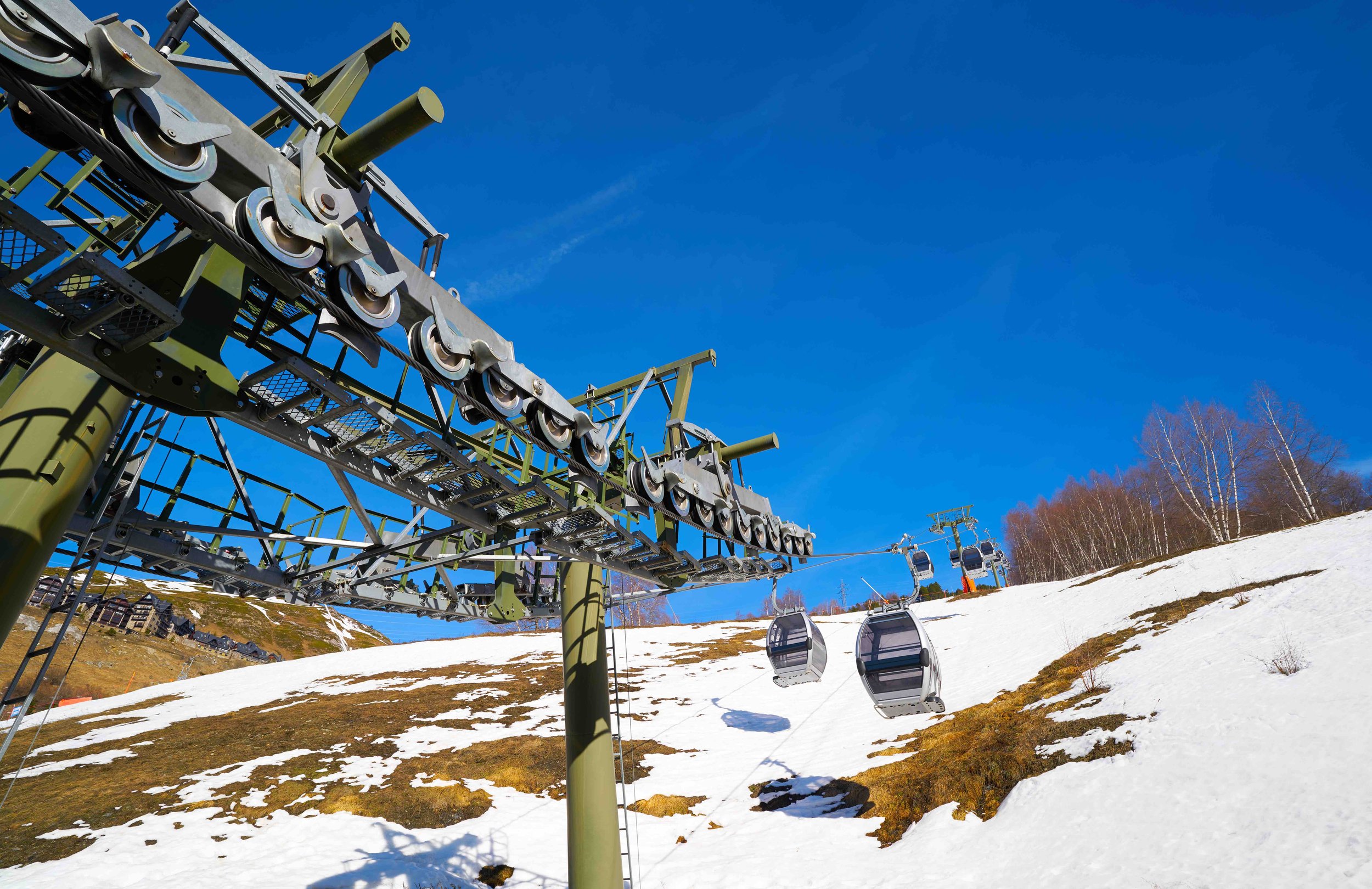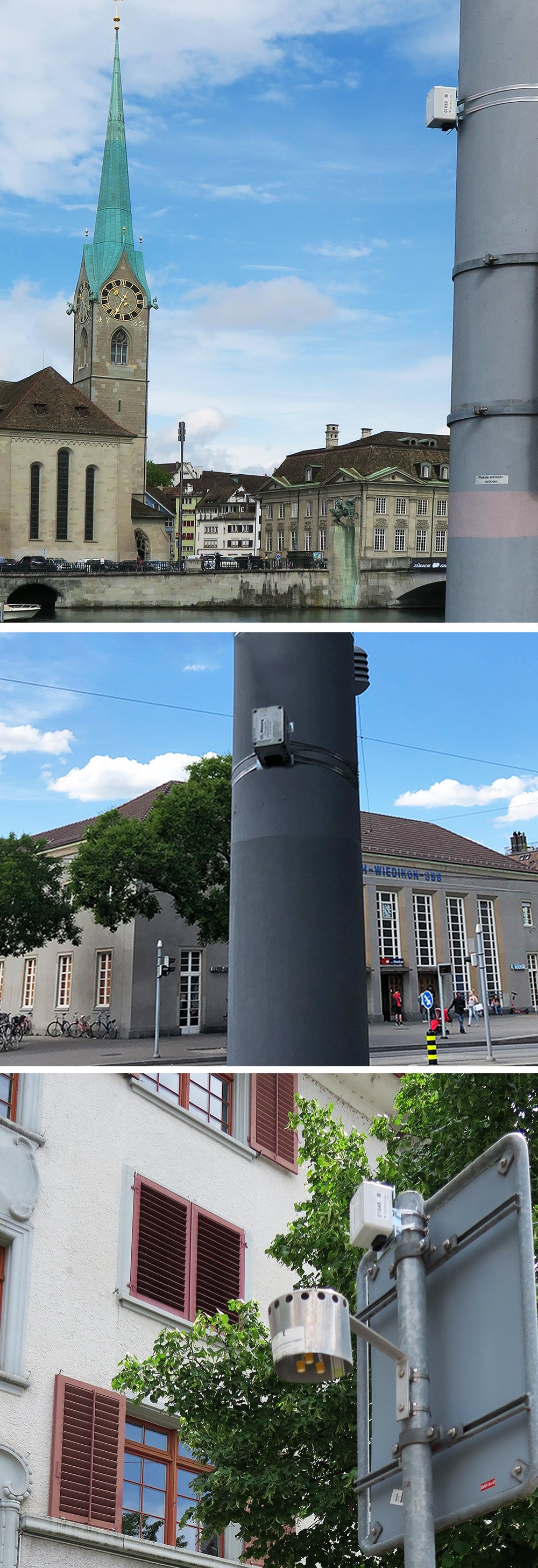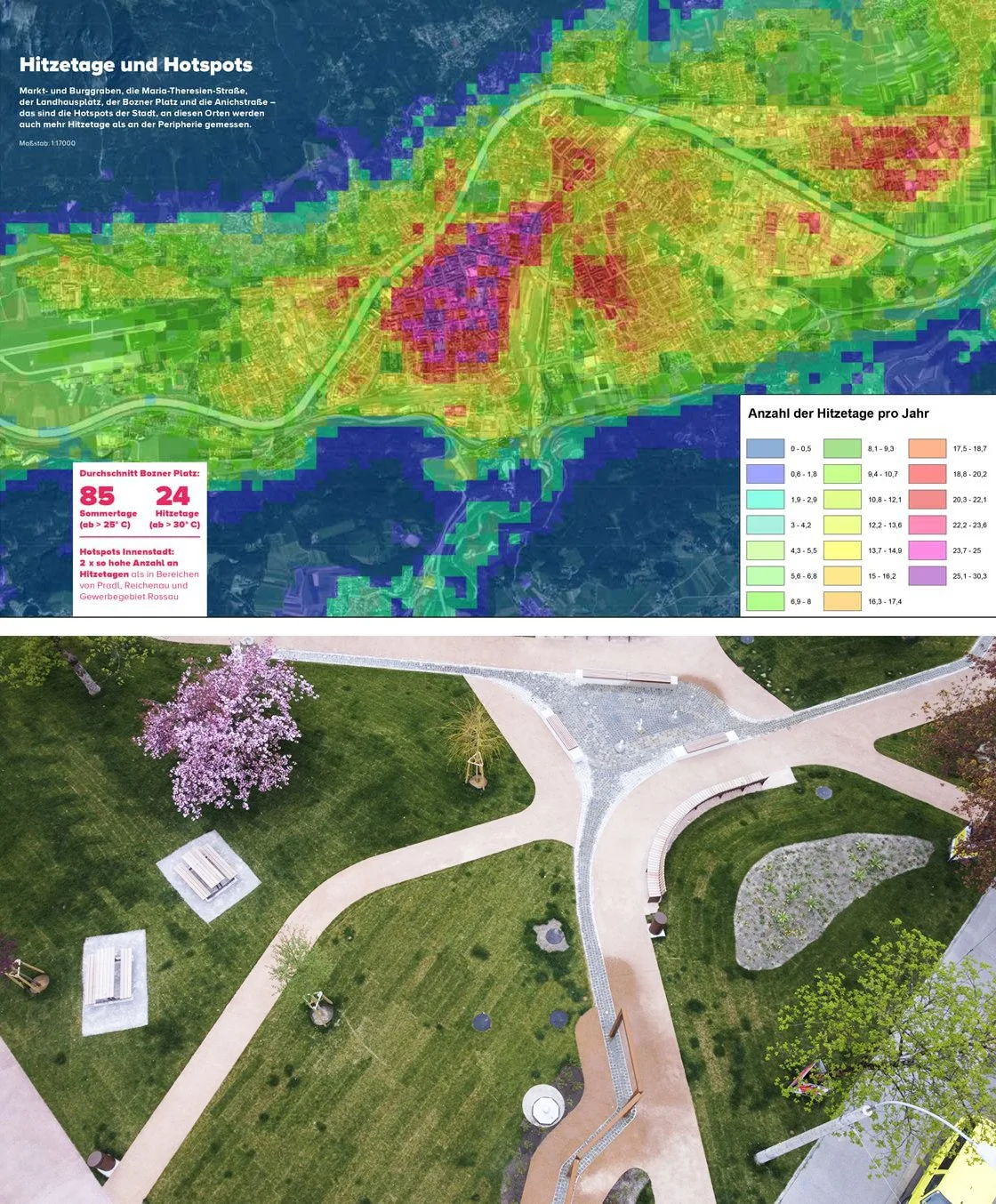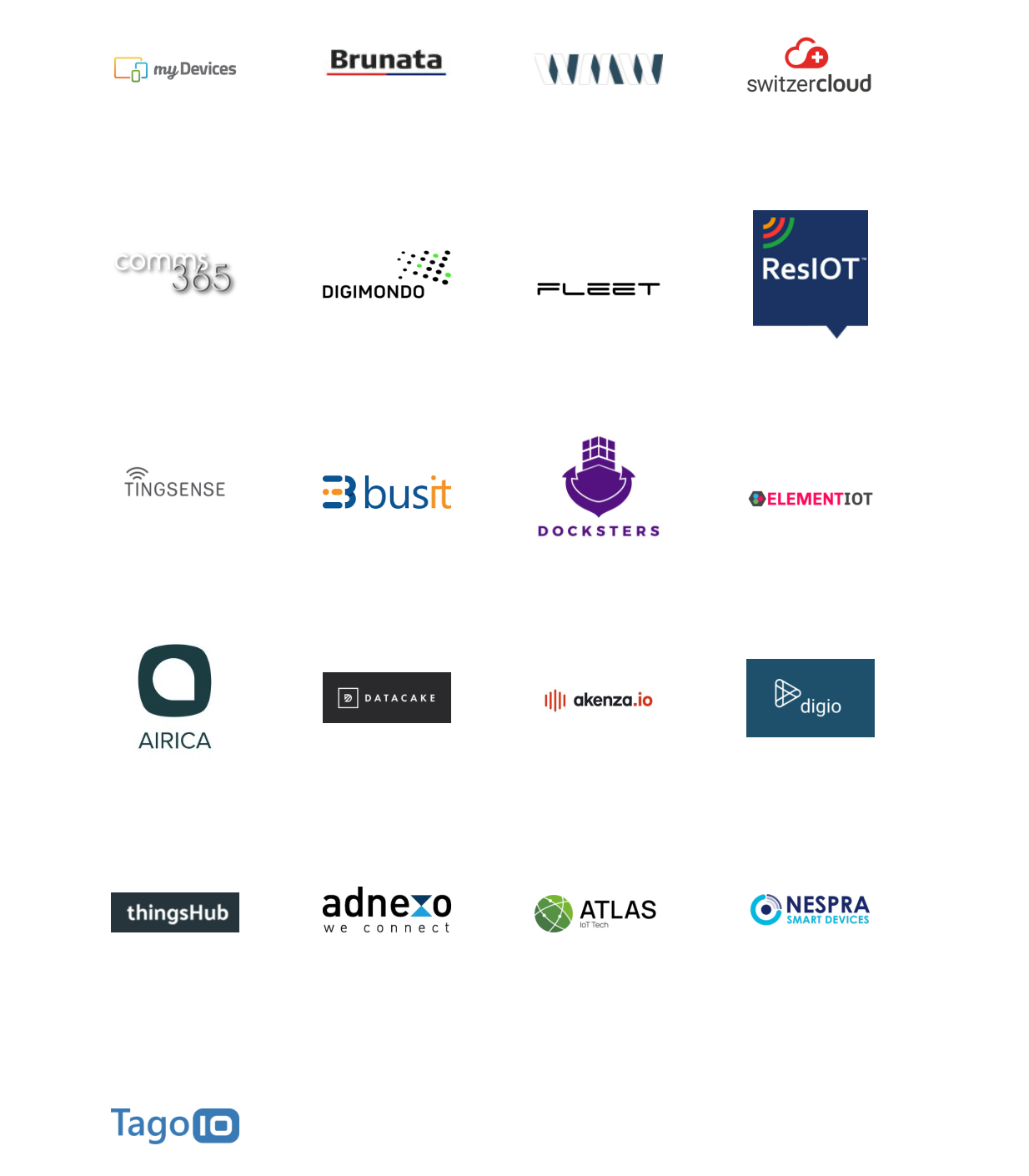Weather monitoring in a Welsh harbor
/The Welsh government funded the installation of a Decentlab sensor DL-ATM41, which will capture temperature, humidity, atmospheric pressure, rainfall, wind direction, wind speed, wind gusts and lightning in a harbour in the Conwy River in Wales.
Collaboration between the flood response team and the harbourmaster revealed that it would be beneficial for both Conwy residents and the boating community to have access to this information. The careful placement of the sensor ensures that it remains unaffected by floating anchorages during a high tide with a level of 8.5m. The harbourmaster will share the collected data with water and harbour users, and there are plans to display the information on screens for boat owners on the river. The data from the weather sensor will also be brought together as part of a bigger suite of weather sensors. Additionally, the data will be accessible to everyone through an online portal.
Thanks for the great pictures Scott Andrews (SenseAbility, Conwy County Borough Council)






















